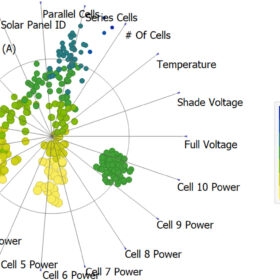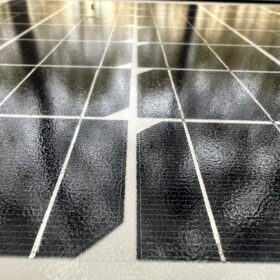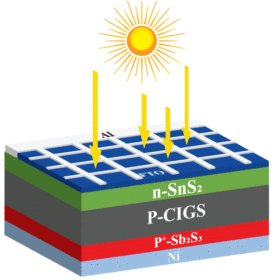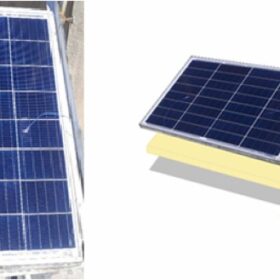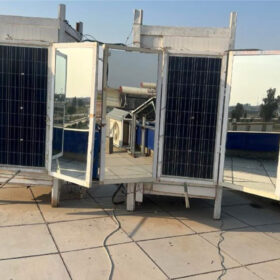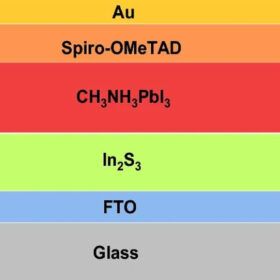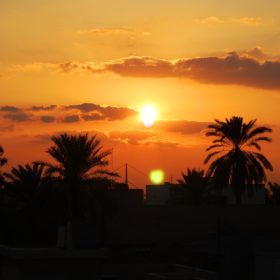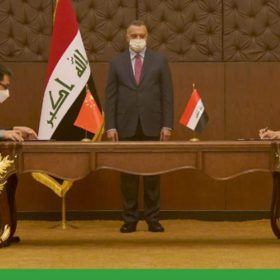k-Nearest Neighbors algorithm for PV power forecasting
Scientists in Iraq used a k-Nearest Neighbors algorithm to evaluate the operational status of PV modules under various conditions, including partial shading, open circuit, and short circuit scenarios. They found that the overall performance of the model in predicting power output was “notably accurate.”
Reducing PV module temperature with cooled air from the ground
Researchers from Iraq have used computational fluid dynamics to simulate the operation of a 100 W panel with ground cooling. The proposed technique was reportedly able to reduce panel temperature by up to 28%, with power generation increasing by up to 6.5%.
Reducing photovoltaic-thermal module temperature with iron, copper oxide
An international research team has proposed using iron oxide and copper oxide to lower photovoltaic-thermal (PVT) solar module temperature. Their analysis showed that the two compounds were able to lower the panels’ operating temperature by 23.49% and 34.58% respectively.
New CIGS solar cell design with antimony trisulfide promises 31.15% efficiency
The novel solar cell uses antimony trisulfide (Sb2S3) as the back surface field (BSF) layer. According to its creators, this layer can be included in conventional CIGS solar cells to improve their efficiency and reduce the absorber material’s cost.
Reducing PV module temperature with beeswax, paraffin wax
Scientists in Iraq have applied two different kinds of phase-change materials to lower the operating temperatures of PV panels. Their experiment showed that beeswax and paraffin wax are particularly effective in achieving this goal, even when they are combined together.
Photovoltaic Trombe wall system to provide heating, electricity
Researchers in the Middle East have developed a new design for energy systems combining PV power generation with Trombe walls in buildings. They claim their new system configuration with reflective mirrors offers improved overall system efficiency both in terms of heating and electricity production.
Perovskite solar cell based on indium sulfide ETL promises 20.15% efficiency
An international team has sought to use indium sulfide as an electron transport material in a perovskite solar cell. The result is a device with lower defect density and improved performance.
Amorphous carbon nitride anti-reflection coating for solar cells
Scientists in Iraq have applied an amorphous carbon nitride (CNx) thin film as an anti-reflective layer in commercial crystalline silicon solar cells. They claim they were able to improve their efficiency from 5.52 to 13.05%.
TotalEnergies to build 1 GW solar park in Iraq
TotalEnergies plans to build a 1 GW solar plant near the port of Basra, in southern Iraq.
Iraq announces another 2 GW solar project
Under development by Chinese conglomerate Power China, the project will initially have a capacity of 750 MW.
